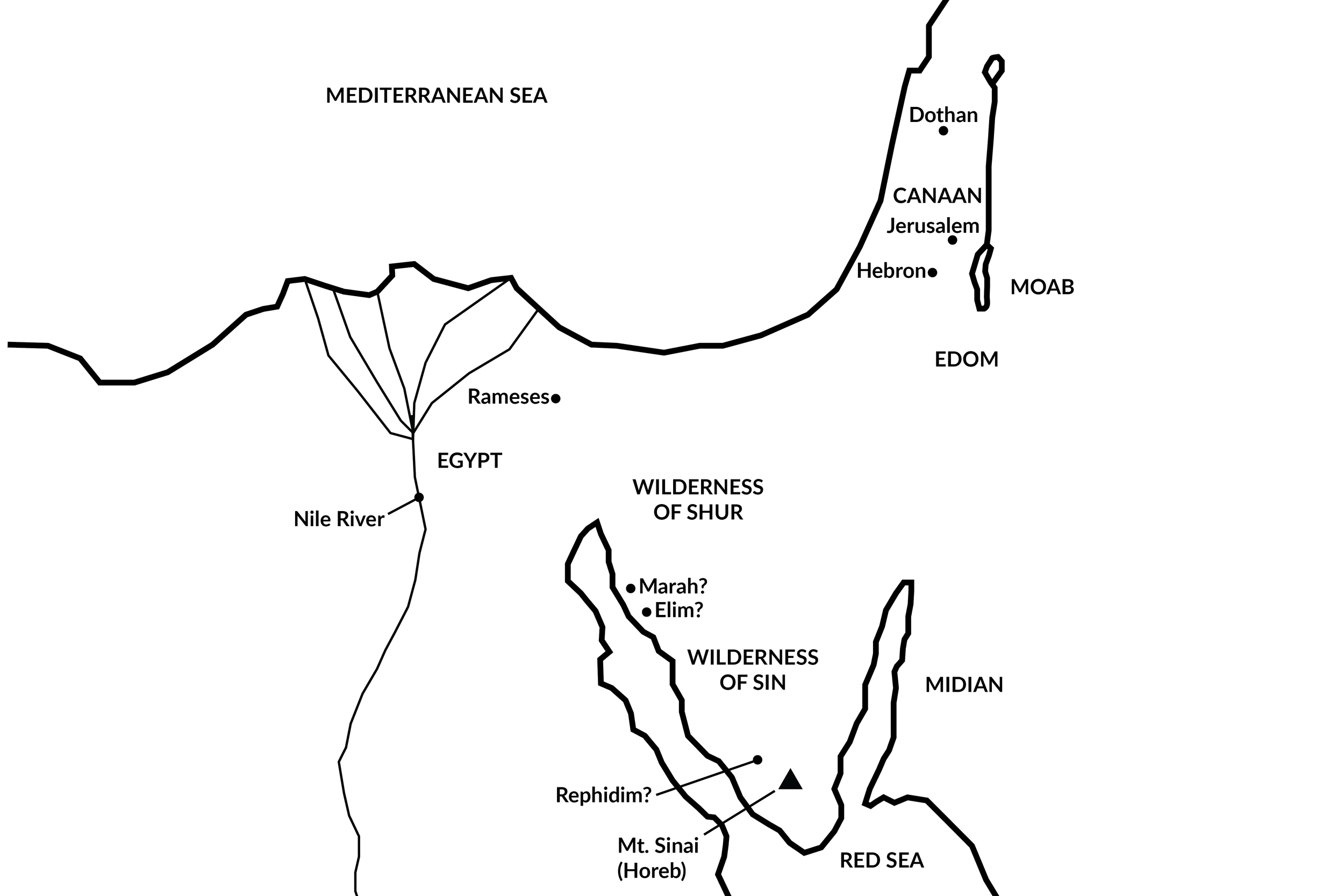Exodus 28 Summary: A Concise Overview in 5 Minutes
Exodus 28 Summary - A Quick Overview
WHEN:
God delivered the Israelites from slavery in approximately 1491 B.C.
The events of Exodus 28 took place 3-4 months after the Hebrews left Egypt (19:1).
CHARACTERS:
God – The Lord’s glory descended on Mount Sinai. In Exodus 28, God spoke with Moses on the mountain and gave him instructions for instituting a priesthood in Israel.
Moses – A Hebrew who grew up in the house of Pharaoh. He fled Egypt in Exodus 2 and went to live in Midian. God called him back to Egypt to deliver the Israelites from slavery.
Aaron – God chose Aaron, Moses’ brother, to be the High Priest of the Israelites.
Nadab, Abihu, Eleazar, and Ithamar – Aaron’s sons who were chosen to serve with him as priests to the people.
WHERE:
Moses and the Israelites were encamped near Mount Sinai.
OUTLINE:
THE PRIESTS OF ISRAEL AND THEIR GARMENTS (28:1-5):
God selected Aaron and his sons Nadab, Abihu, Eleazar, and Ithamar to be the priests of Israel.
Aaron was to be the High Priest.
God told Moses He would gift certain men a “spirit of skill” to make special garments for the priests.
INSTRUCTIONS FOR THE EPHOD (28:6-14):
God told Moses to have an ephod made that was to be worn by Aaron.
It was to be made of gold and blue, purple, and scarlet yarn.
It was made of two shoulder pieces that attached together.
The ephod was to have two onyx stones affixed to the shoulder pieces, each engraved with half the names of the tribes of Israel (six on each).
THE BREASTPIECE OF JUDGEMENT (28:15-30):
A breastpiece was to be fashioned for the High Priest from similar materials as the ephod.
It was to be 1 span tall and 1 span wide (span = approximately 1/2 cubit).
12 gemstones were to be affixed on the breastpiece with gold filigree, each engraved with 1 of the names of the 12 tribes of Israel.
The Urim and Thummim were to be kept inside the breastpiece.
THE ROBE OF THE EPHOD (28:31-35):
Underneath the ephod, the priest was to wear a robe of blue.
The hem of the garment was to be decorated with images of pomegranates and golden bells were to be affixed to it.
THE GOLDEN HEADPIECE “HOLY TO THE LORD” (28:36-38):
A plate of pure gold was to be engraved with the words “Holy to the Lord.”
Aaron was to affix the plate to his turban with a blue cord.
OTHER PRIESTLY GARMENTS (28:39-43):
In addition to the articles mentioned above, Aaron was to wear a checkered coat, a turban of fine linen, and a sash of embroidered needlework.
Coats, sashes, caps, and undergarments were to be made for Aaron’s sons.
The priests were to be anointed and ordained for their special role.
APPLICATION:
This chapter should instill in us the significance of coming into the presence of God.
Aaron’s job wasn’t to be taken lightly and the consequence of disrespecting the Lord in the tabernacle was death (28:35; Lev 10).
Appearing before God wasn’t something every Israelites was allowed to do.
Modern Christians are priests (Rev 1:6) to God and have the privilege of speaking to Him and worshipping Him directly, but that doesn’t mean we should take the privilege lightly.
When we pray, worship, and minister in sacred things we need to reverence God and honor Him as the Holy One who is worthy of utmost respect.


